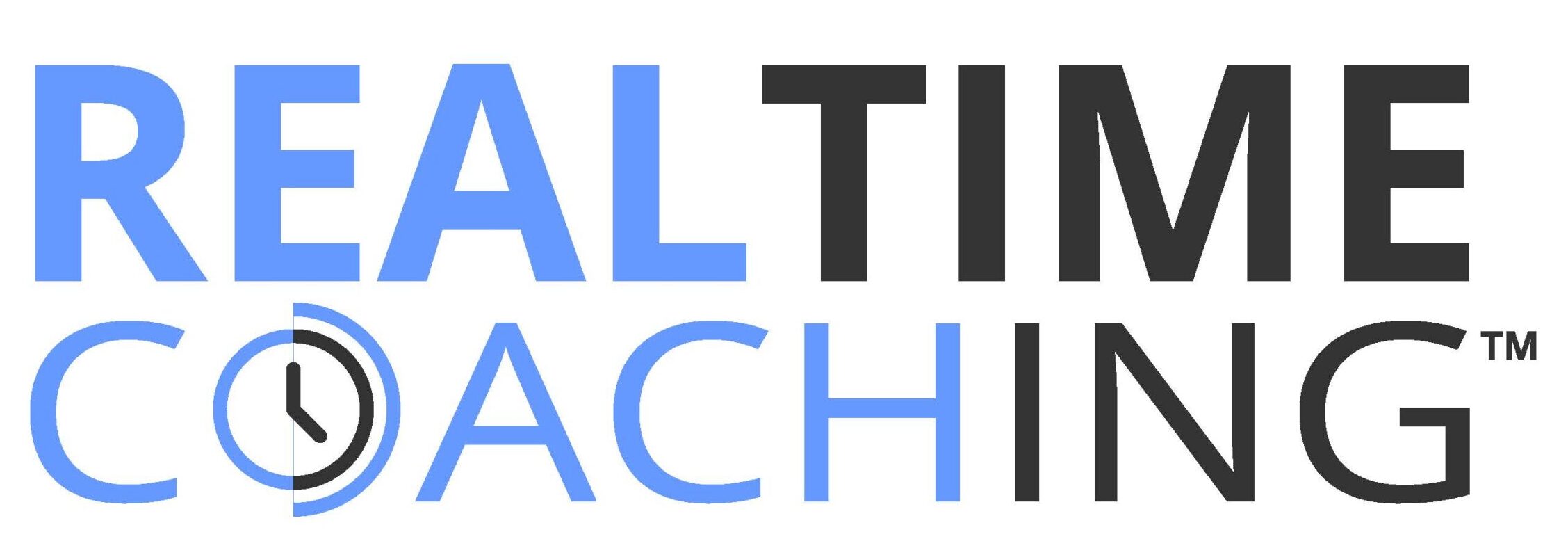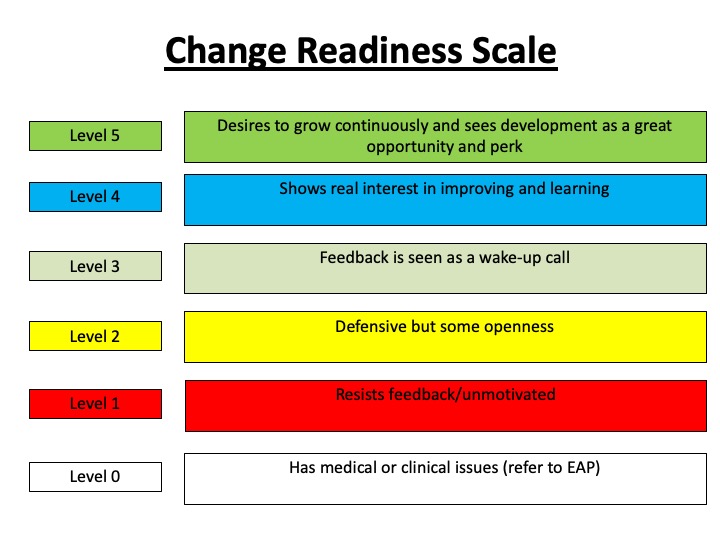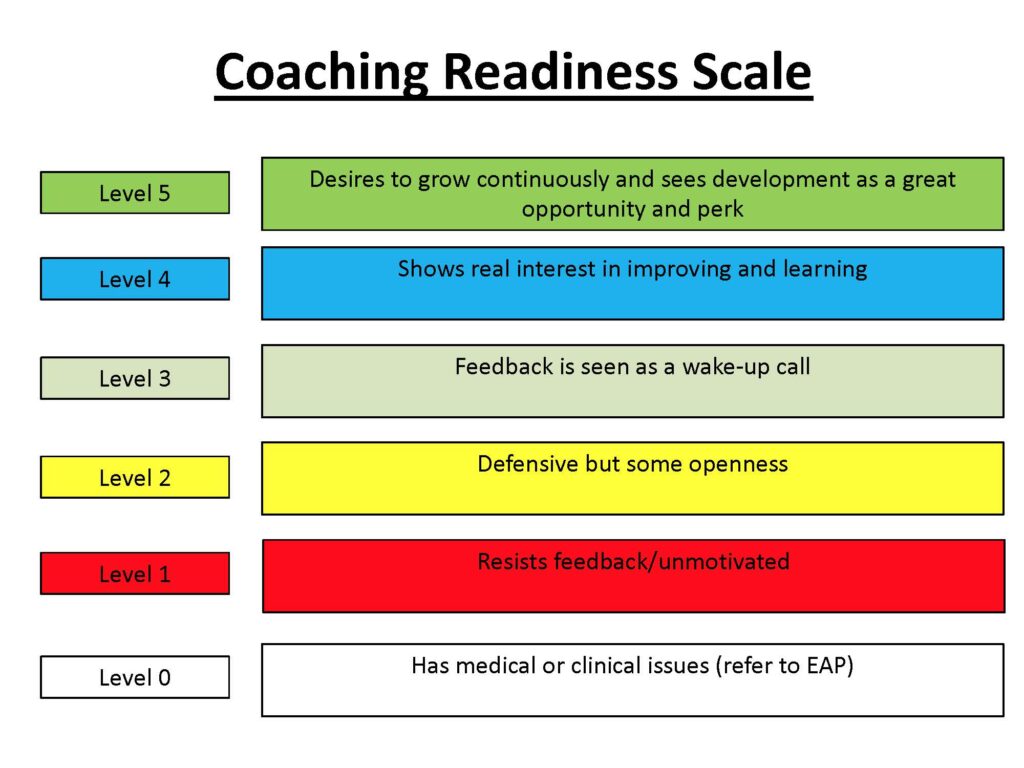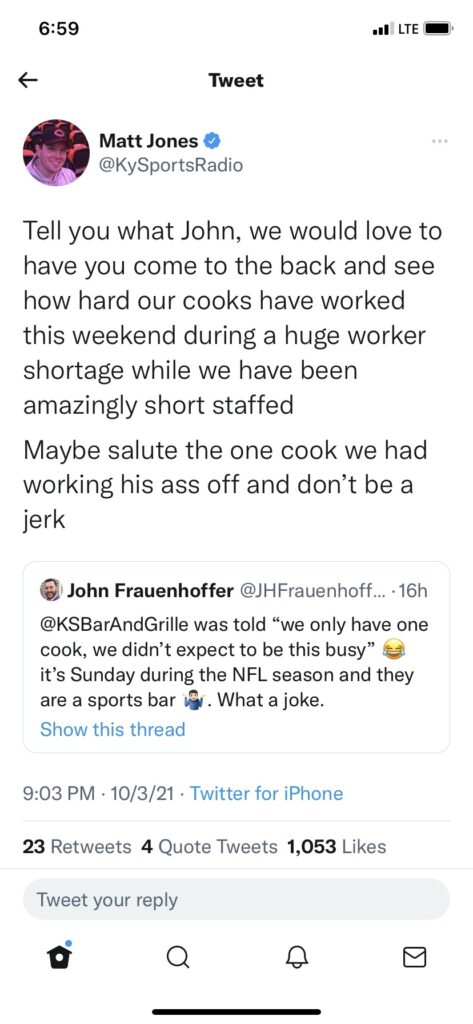Originally written September 5, 2022
When coaching someone, you will hear me say three things: Have Fun, Get Better, and Be Yourself. Week 1 of the college football season wraps up tonight. It’s amazing to me how many games come down to a handful of plays. If you watch a game where two teams are even somewhat evenly matched (14-point spread or less), and the game has 150 total plays, there will be 15 or so key plays in the entire game that have a random bounce or out-of-the-ordinary occurrence….we may call these “Surprise plays”. Surprise plays are things like: a tipped pass, a fumble, a field goal that hits the post, a blocked kick, a referee’s call, a sack, or even an injury. The Florida State-LSU game had several surprise plays in the last 2 minutes….a muffed punt, a fumble on the 1-yard line, a last-second touchdown, and a blocked extra point. These plays are outside the normal “execution”. Execution is what is expected by the players, the coaches, and the fans. Surprise plays test your emotional intelligence. Football, unlike any other sport provides 30 seconds in-between plays to react and get ready for the next play. Here’s a sample of a coaches’ behavioral style:
This coaches style is described as Outgoing and Pioneering. Would you expect this person to be more of a talker or more of a listener? Talker. This style is optimistic and fearless. Which leads me to part 2 of Being Yourself when it comes to making decisions. Analytics has become more a part of football (and all sports….well, and all of work too for that matter) than ever before. Let’s say you are the coach described above and you are faced with a decision. It’s 4th and 1 on the opponents 45-yard line. You are up 7 points with 8 minutes left in the game. The analytics say you have a 70% chance of making it on any old 4th and 1. However, you’re on the road in a hostile environment and if you don’t execute it will result in a “surprise play” that may turn the game in the opponents favor. If you punt, and they get it on the 20-yard line, analytics say you have a 75% chance of stopping them from scoring a touchdown (it’s late in the game and they will be taking more chances than normal). And, even if they score to tie the game, you will get the ball back in a tied scenario (unless they decide to go for 2 which would be a surprise). One more thing….you estimate if you convert the 4th and 1, your win probability goes to 90%, if you punt, your win probability is 80%. If you go for it and don’t make it, your win probability is 75%. What are you going to do? Does one option seem riskier than the other? Which option fits your natural style as a coach? What if the decision was a 50-50….and this one is close…..could you make a case that the tie-breaking factor for you was your behavioral style…..optimistic and pioneering. I felt like we could get a yard and seal the game…going for it seemed more aggressive which I prefer when it’s a close call.





